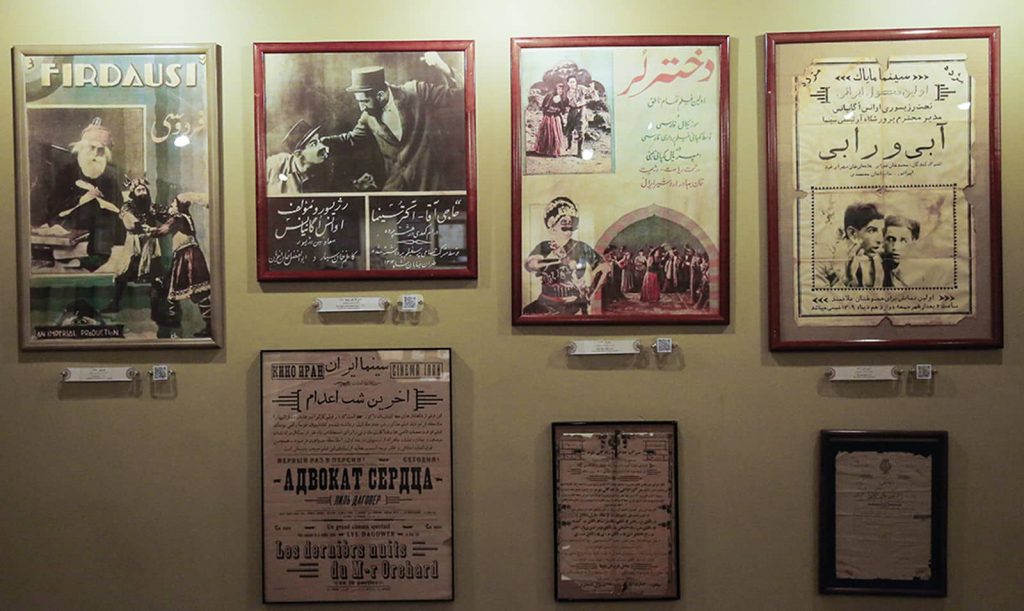Introduction
Tehran Cinema Museum is one of the unique museums in Iran, located in the green and gorgeous environment of Ferdows Garden. Tehran Cinema Museum embraces a great treasure of Iranian history; by visiting there, you have the opportunity to get acquainted with the rich history and the great cultural heritage of Iranian.
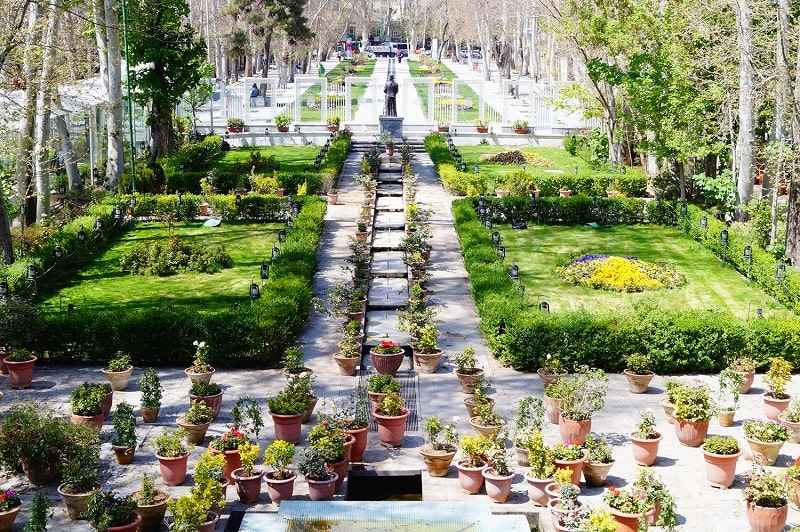
History
This magnificent garden was built during the Qajar period and was finally completed by Mohammad Shah Qajar. Nasser al-Din Shah Qajar gave this garden along with the surrounding lands to his daughter as a wedding gift, and the wedding ceremony was held in the same garden. After the death of Nasser al-Din Shah, Ali Asghar Hekmat, Minister of Culture, in 1916 ordered the garden’s purchase and the reconstruction of the mansion; the current garden part was changed to Shapur Tajrish School. During the reign of Mohammad Reza Shah Pahlavi, Farah ordered the garden’s purchase and considered it as a place for cultural and artistic celebrations, she also provided the garden to Persian radio and television. In the 70s, national celebrations were planned in Ferdows Garden as well.

Architecture
The mansion of the Cinema Museum brings your attention with eye-catching plasterings on its columns, the ones that are a mixture of Persian, Roman, and Greek architecture, created by the architects of ancient times, embossed on the ceiling has made the museum more spectacular. There are three halls in this building, whose capacities are different. One of the halls’ features is that they are similar to art and experience cinemas; eating and bringing children in the halls are forbidden.
Entering the garden, you will see bronze statues of Suhrawardi and Ibn Haytham, a Persian Muslim scientist. Tehran Cinema Museum consists of several halls and exhibitions, then, you can visit the interior spaces of the museum that were created to present and introduce the history of cinema artists.
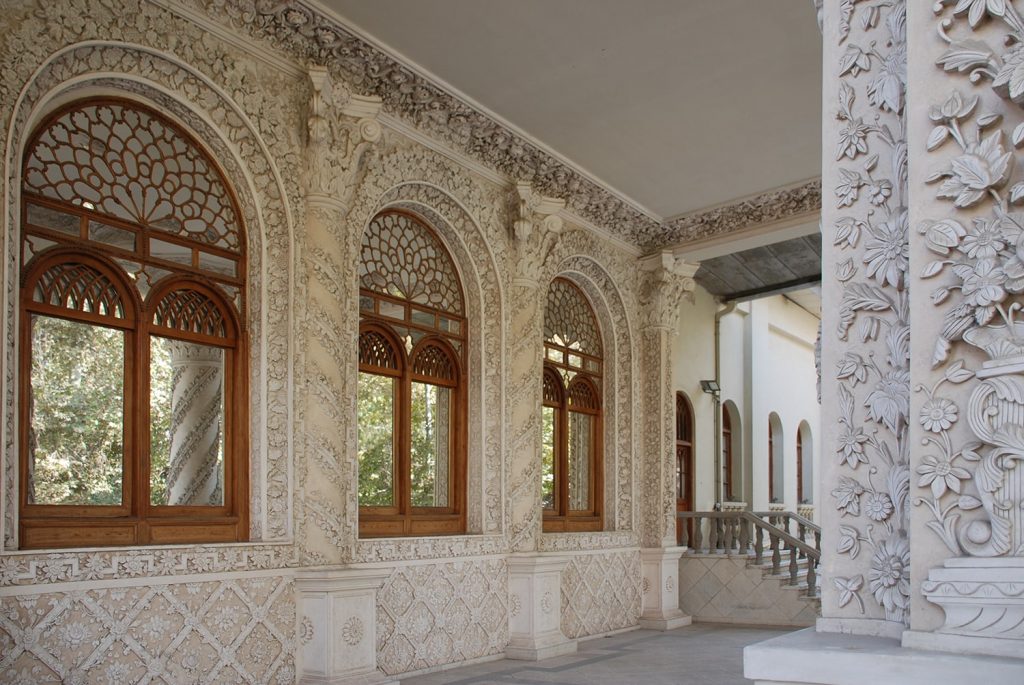
Blue Hall
In this section, you will get familiarized with pictures and documents from the history of the Ferdows Garden building, the antiquity of the Cinema Museum, and the origins of Persian and world cinema. There are other specific sections in this forum that introduce the pioneers of Iranian cinema. You will also see photos of Mirza Ebrahim Khan, a photographer who was one of the first photographers of Iranian cinema.

Contemporary Hall
This forum introduces contemporary artists in the film industry, and here you can see images of film artists and behind the scenes. The dedicated booth of artists such as Ezatollah Entezami, Sohrab Shahid Sales, and Fatemeh Motamed Aria is also in this hall.
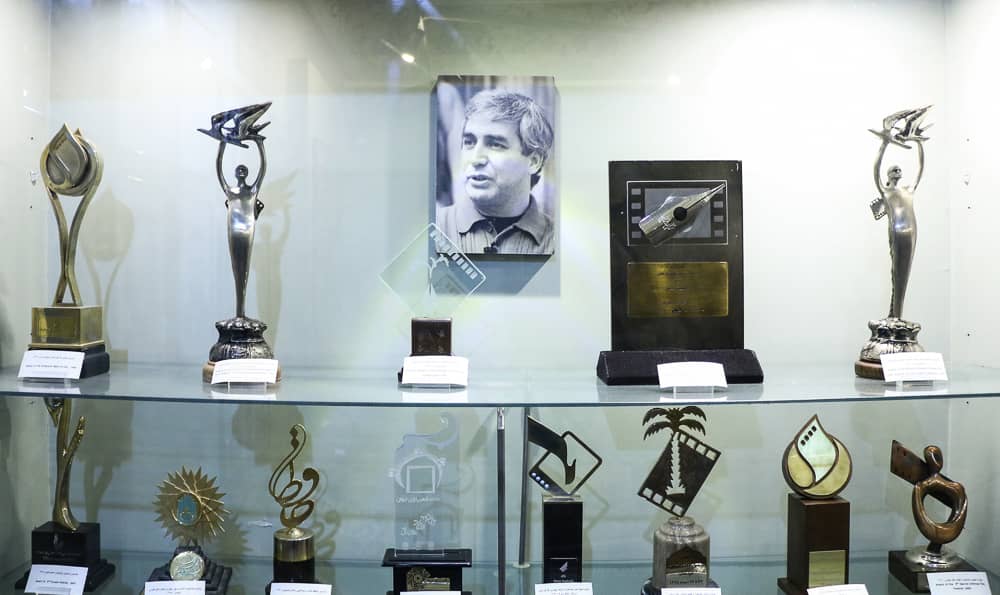
Holy Defense Exhibition
This section showcases the images of the directors and artists of the Iran-Iraq Eight-year war cinema as well as wartime elements such as barbed wire, and oxygen masks. In this exhibition, you can see the awards won in the genre of war cinema, pictures of directors, writers, and people active in the cinema of war and sacred defense, and the private booth of Martyr Avini.
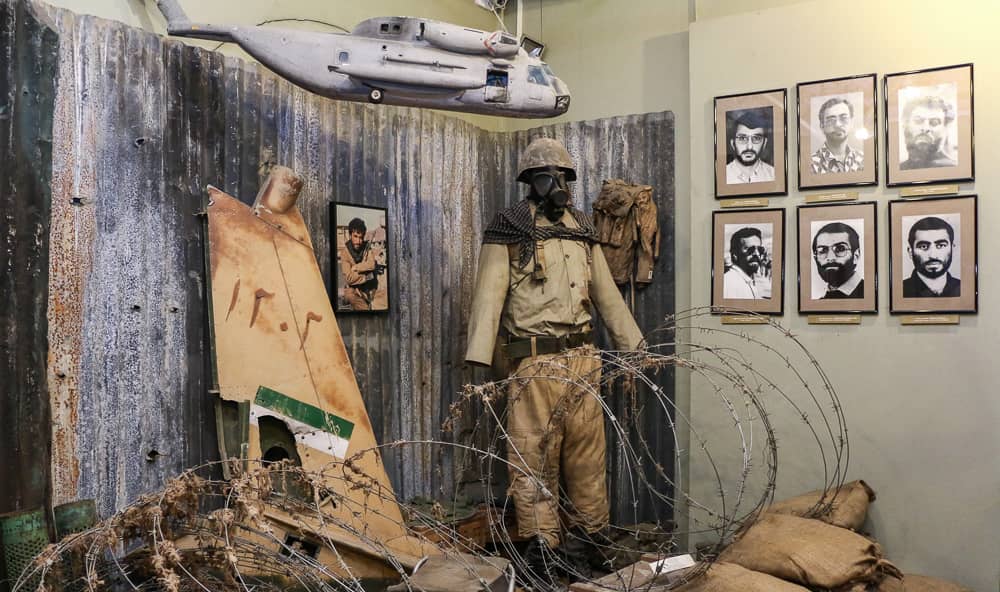
Children’s Exhibition
This part introduces artists and veterans of children and adolescent cinema, young artists, and famous cartoon dolls such as Kolah Qermezi.
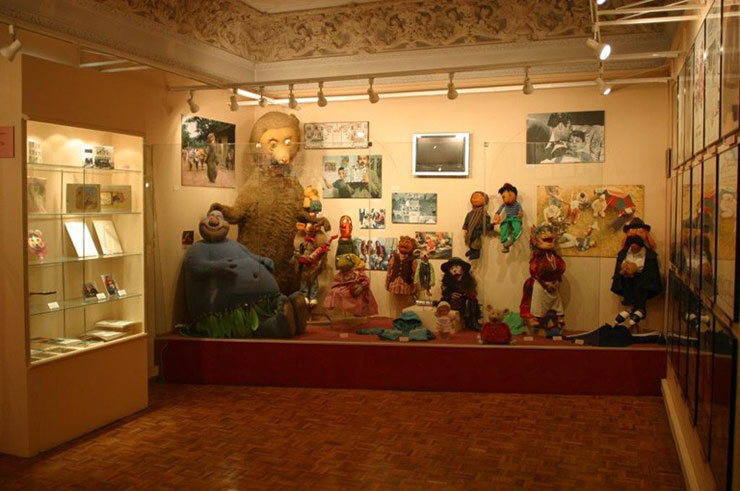
Farhad House
Here is a memorial exhibition of Farhad House. Farhad is an Iranian pop and rock composer, musician, and singer who died in 2003 in Paris and was buried there. Interesting to know, Farhad’s voice is played in this room. The music will be played in the space with your sensor and movement, so this section’s experience is different.

Exhibition of dubbing and voice actors
Those who are interested in ancient art and equipment can see some of the first scenes of film music production and the booth of Ali Kasmaei, the father of Iranian dubbing, in this section.
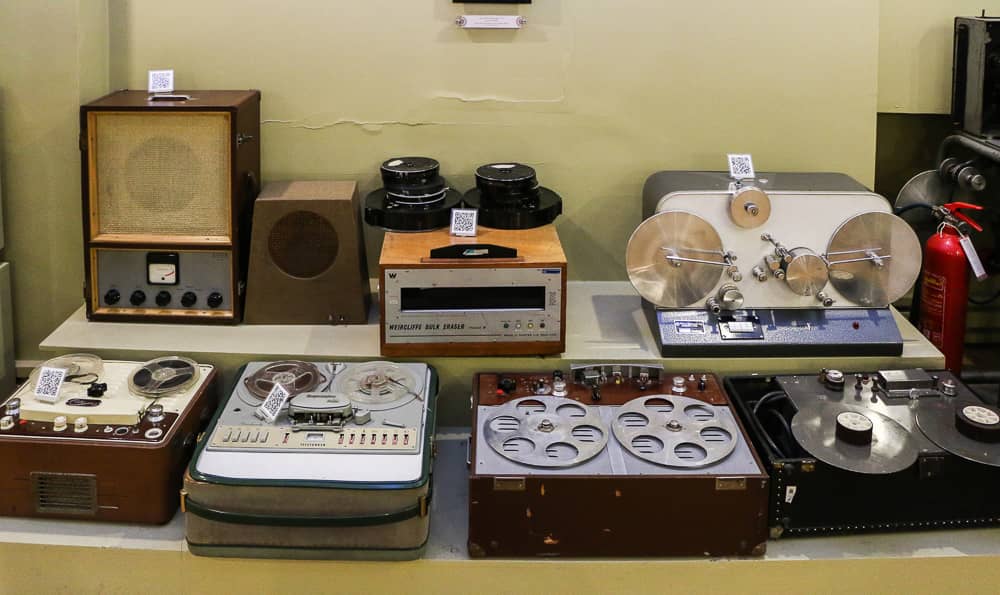
Theater
In the theater, you can find the first films in the history of Iranian and world cinema. Furthermore, several documents about the first films, the first actors, the first directors, and the best-selling films in history are maintained there. You can also enjoy the two cafes in the Cinema Museum to relax.
